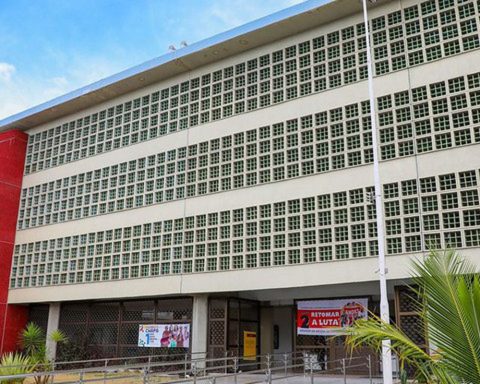The Ipea Inflation Indicator by Income Group for February points to an inflationary acceleration for all income groups. High-income families registered the greatest inflationary acceleration in the period, changing from 0.34% in January to 1.07% in February. The segment that presented the lowest inflation rate in February was that of low-middle income families (0.93%).
The data were released today (16) by the Institute of Applied Economic Research (Ipea).
In the 12-month period, very low-income families have the highest inflation rate, with a rate of 10.9%. This result remains slightly higher than that recorded by the low- and middle-low income brackets, of 10.7% and 10.8%, respectively, and above the high-income bracket, of 9.7%.
The analysis of the disaggregated data for February shows that the rise in the food and beverage group was the main responsible for the inflationary pressure of lower-income families – with household income below R$ 1,808.79. This pressure is explained by the increases registered in cereals, flours and baked goods, such as beans (9.4%), wheat flour (2.8%), biscuits (2.3%), pasta (1.1%) and bread. (1.0%).
According to Ipea, the strong growth in prices of in natura foods, especially potatoes (23.5%), carrots (55.4%) and cabbage (25.7%), combined with the increase in coffee (2. 5%) and milk (1%) help to explain this upward contribution to inflation by lower-income families.
The inflationary pressure for higher-income families came from the 6.7% readjustments in school fees and 3.9% in extracurricular courses, which made the education group the biggest inflationary focus in February.
For the high-income segment – with household income greater than R$ 17,764.49 -, the 3.8% readjustments for school transport, 2.2% for transport by app and 1.5% for tourist packages also represented pressure points. However, the effects of these increases were mitigated by the drop in prices of health plans (0.69%), airline tickets (5%), ethanol (5%) and gasoline (0.47%).
“Although the main increases are concentrated in the food and education groups, there was a more generalized price increase in February, given that all groups exerted upward pressure on all income segments”, said, in a note, the researcher at the Ipea Maria Andréia Parente Lameiras, author of the monthly indicator.
Compared to the same period in 2021, with the exception of the middle and upper middle income groups, which were stable, the other classes showed acceleration of inflation in 2022. This acceleration of inflation was even more expressive for very low-income families, whose rate observed this year advanced 0.33 percentage points compared to February 2021.
The rises in food at home, mainly the 8.6% readjustments for meat, 19.6% for poultry and eggs, 43.8% for sugar and 61.2% for coffee, also had significant impacts on the inflation in the period, especially for the lower income brackets.


















